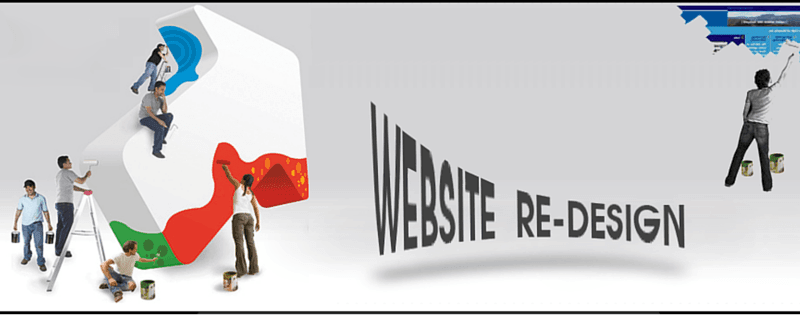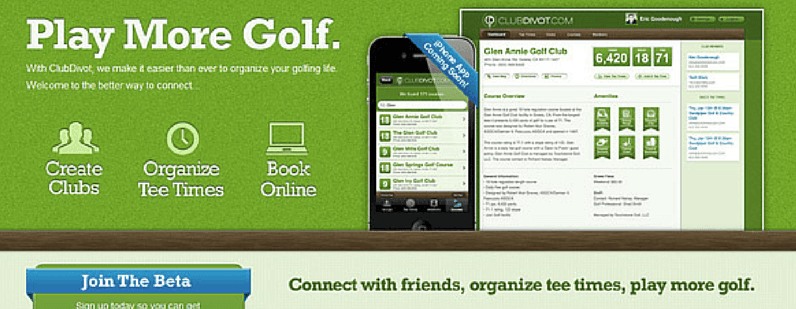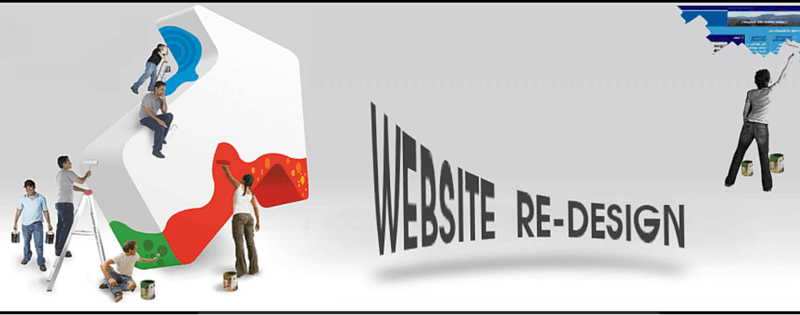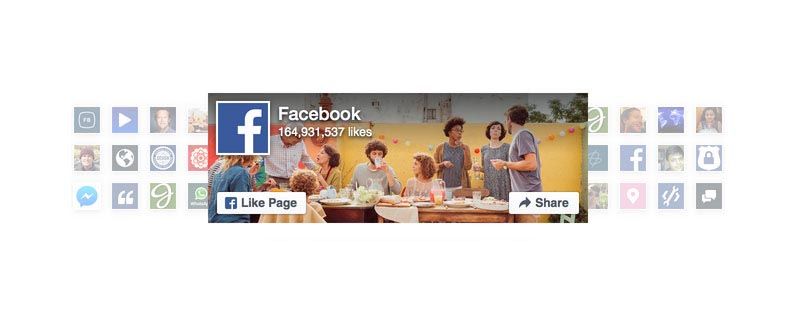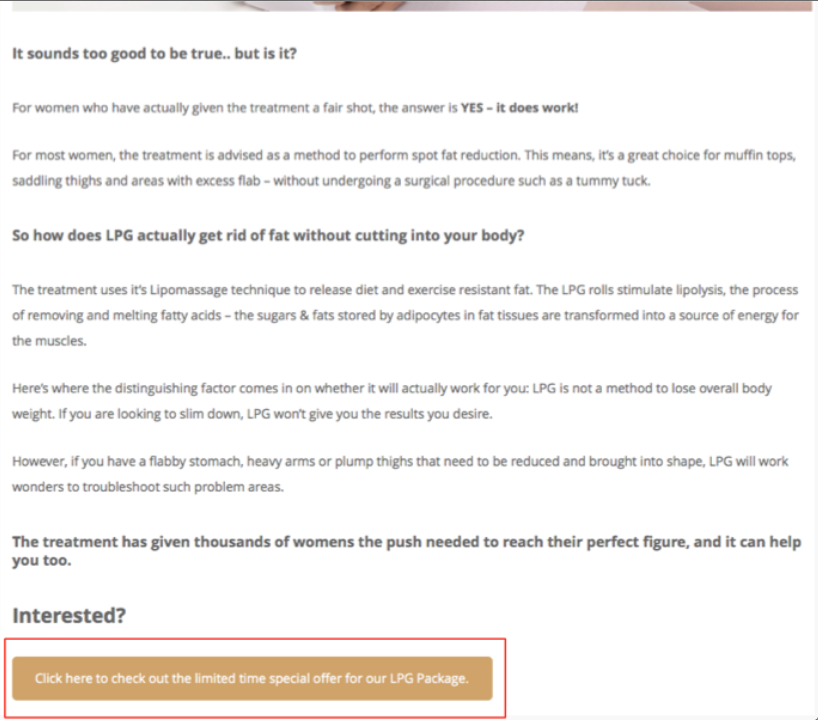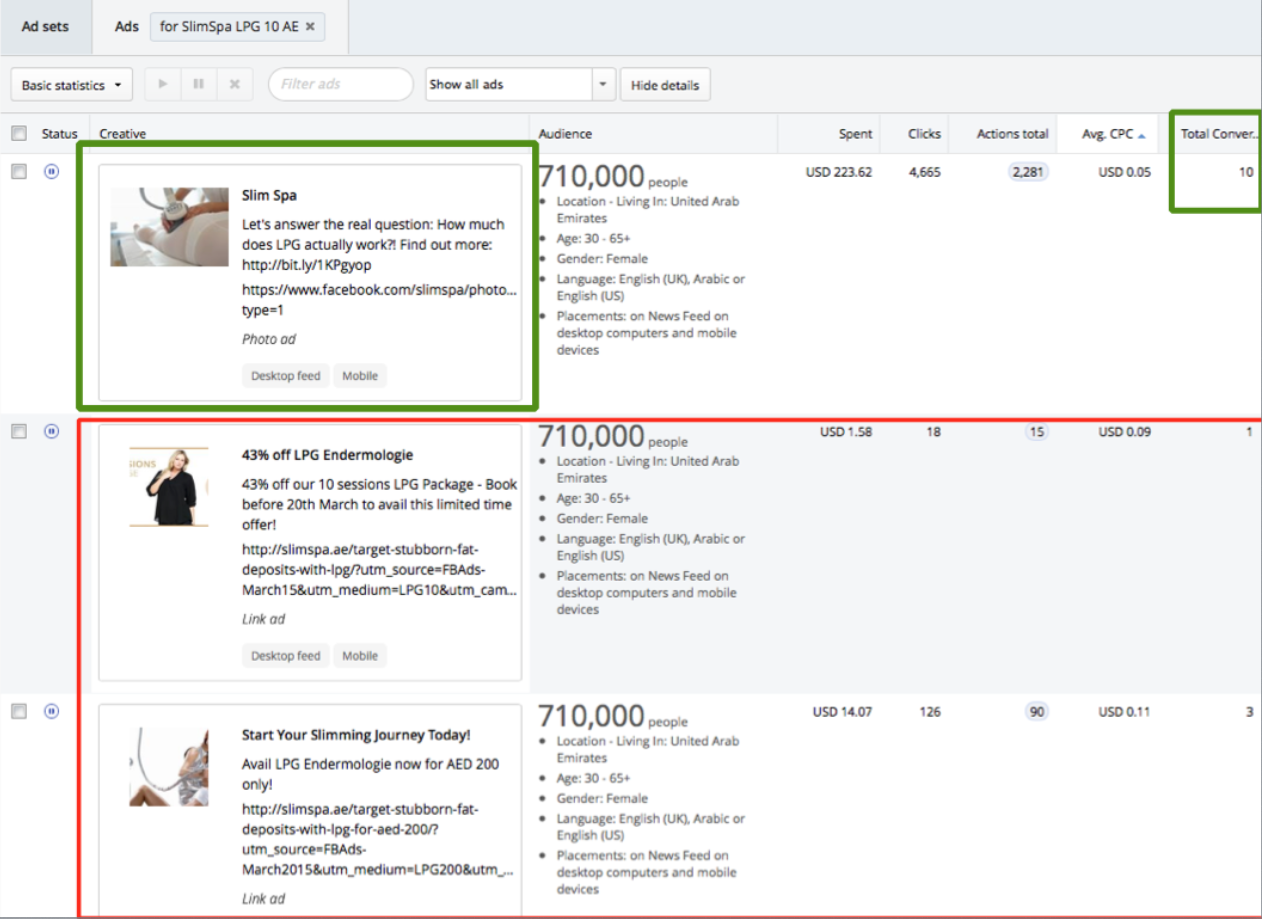Facebook has always been trying to help its users come across the most relevant and useful content via News Feeds.
In an effort to make it all the more feasible and precise, Facebook has announced some more changes to its News Feeds. Following the new updates, Facebook users now have more control on the content that appears in their News Feeds. They can now:
- Select friends and Pages they wish to see more in their News Feeds
- Follow and unfollow Pages and friends of their choice
- Explore new Pages where they get interesting content
While this certainly is a good piece of news for the users as they will be able to get more content from friends they like, businesses across are a bit concerned as to how this new update would affect their organic ranking.
Contrary to all doubts about News Feed change causing more harm to organic rankings, it can in fact prove helpful for marketers who post relevant content on their pages.
So what exactly marketers need to do?
As the latest change in News Feed allows users to discover and follow more useful content from different brands, marketers now need to work on creating compelling and relevant content. The content needs to be less targeted at sales but be more informative.
They will have to build real connections with their target audience so as to garner more attention and consistent interaction.
Instead of creating random posts or getting too much of content posted, the focus should be on creating stronger and user centric posts that offer some useful information or a compelling story that connects with your users. The post should be such that can encourage your target audience to follow your brand page and have it in their ‘See First’ section.
Make your brand page more substantial posting content that offers useful, precise, interesting and relevant information.
Are you a business that actively markets on Facebook?
Make sure you know about the new powerful features available to target your ads – Sign up for our dedicated workshop on the new Facebook Ads Panel
